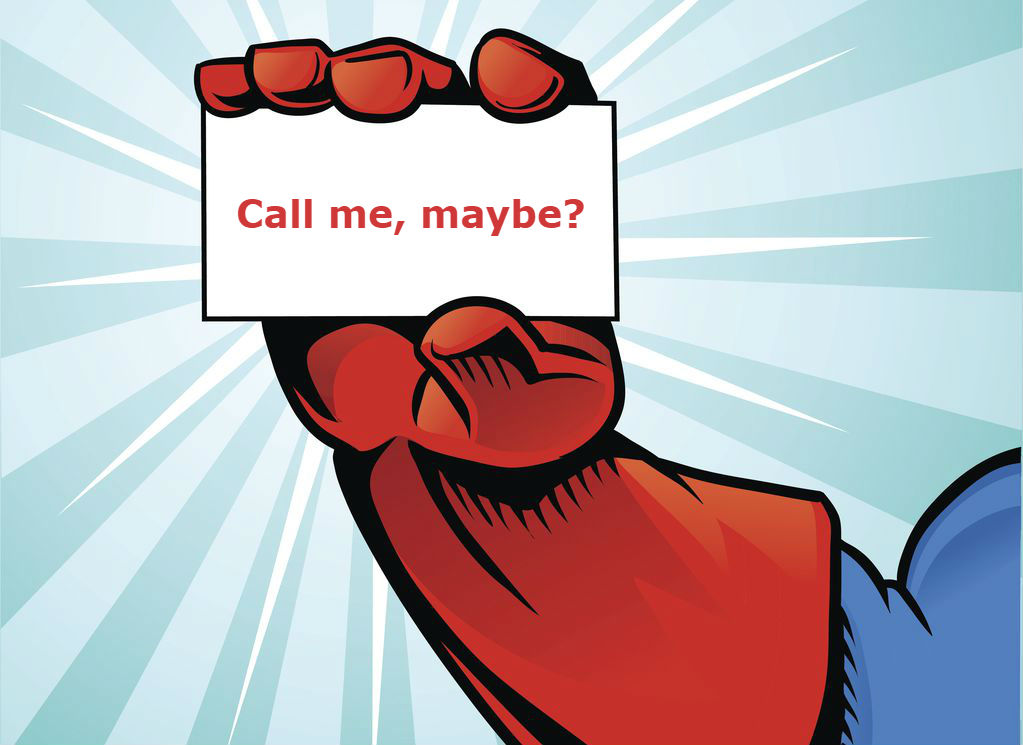Can a poorly designed business card become a competitive disadvantage? You bet. A printer I know once told me of a situation where a company’s new business cards were so ruthlessly mocked by the competition that the company spent thousands of dollars to immediately replace all existing cards. It wasn’t a typo or poor graphics. The business cards simply had two corners that were cut and angled to mimic part of their logo. However, the competition quickly picked up on this design gimmick and declared that the company “cut corners,” as seen right there on their business cards.
More often, though, your business cards can stand out and get noticed for the right reasons. Here are a few of the trends we are seeing in the business card market.
It’s About You
The front of your business card should be all about you: your name, your title, and how to get a hold of you via phone, email and, for some, social media. Sometimes company addresses are left completely off the front of the card and put on the back. As for fax numbers, they make only a rare occurrence these days. Additionally, we continue to see the company logo and website on the front of business cards, however in some cases it makes sense from a design standpoint to put it on the back.
The Flip Side
If the front is about you, the back is an opportunity to tell the recipient more about your company. It could include your vision statement, your locations, or even your lines of business.
Print quality is steadily improving across the board, and this includes business cards. We are seeing more business cards that have full color on the back. So while the front is often dark type on a white card, the back can include a full color wash and feature reverse type.
In the Thick of It
Like the example above, a flimsy business card could accidently create a poor impression. Cards where the ink has bled from card to card when removed from the box or the edges of your card curl upward result in a poor image.
As such, business cards are getting thicker and printed on heavier stock. This is especially true at the VP and C-level, where cards are frequently constructed by printing on two thick pieces (front on one, back on the other) and then gluing the two cards together. The result is an impressive and sturdy card.
Your business card remains an important formality of business introductions. At Tension, we support our customers through many printing needs, including the business card.




